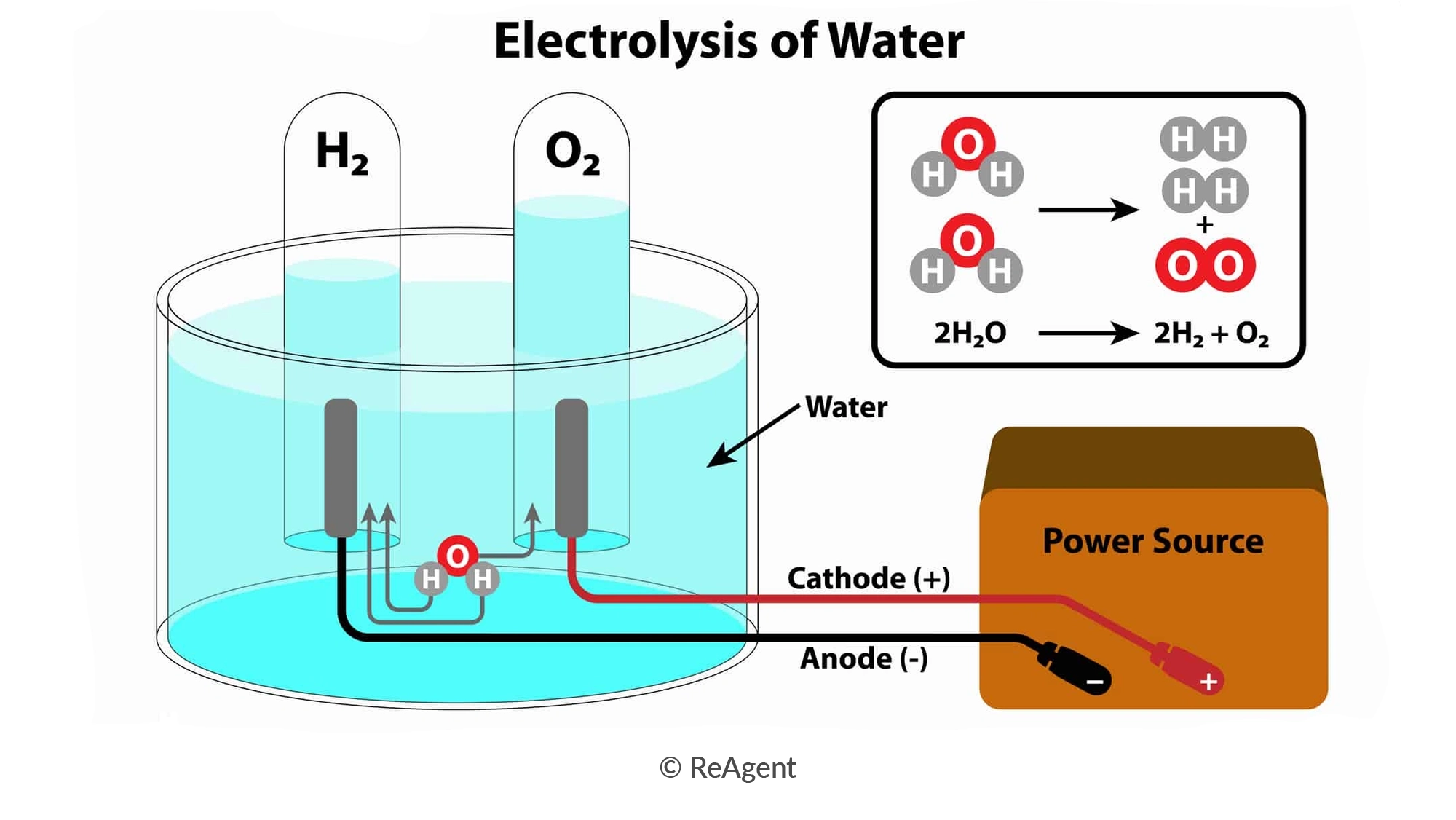If you’re confused by what demineralised water is versus deionised, distilled, ultrapure, purified water (the list goes on)… you’re in the right place.
There are many forms of purified, high grade water, and in today’s blog post we’re going to look in a little more depth at what demineralised water is.
In this post:
Introduction to Demineralised Water
Demineralised water is also called demi or demin water. Essentially, it is exactly as its name suggests – demineralised water is water that has had its minerals removed. As you would expect, it’s a little more complicated than that though…

Key Takeaways
Demineralised water is a type of purified water that has had minerals removed
The process of demineralisation involves two stages, both of which use cation and anion resins
Various types of ions are removed from water during demineralisation, such as calcium and sodium
Demineralised water has several uses, including in the pharma and cosmetic industries
Demineralised water is not suitable for drinking because of the associated health risks
Understanding the Process of Demineralisation
The demineralisation process typically requires at least two stages, involving the use of both cation and anion resins.
Ion exchanges occur in the resins, powered by DC current. This exchange is both chemically and electrically driven.
The first stage involves passing raw water through a column with a strong cation resin. It is then passed through a strong anion resin. The minerals are removed by allowing the minerals to precipitate.

How Is Demineralised Water Used Across Various Industries?
Demineralised water has neutral pH and very low conductivity. This makes it ideal for many laboratory and industrial applications, such as preparing solutions.
It is used in the following industries:
- Power – in boilers and steam generation. Demin water’s relatively inert property prevents rusting in metal components of power generators
- Refineries – just like in the power industry, demineralised water is used in high-pressure boilers
- Petrochemical and chemical – in these industries, demin water is used to treat cooling towers
- Food and beverage – for sanitising the containers and equipment
- Pharmaceuticals and cosmetics – to manufacture products to control quality and safety

Which Minerals Are Removed From Water To Make Demineralised Water?
Water goes through a treatment process that removes contaminants, salt and minerals including:
- Calcium (Ca2+)
- Chloride (Cl–)
- Iron (Fe3+)
- Magnesium (Mg2+)
- Manganese (Mn2+)
- Nitrates (NO3–)
- Potassium (K+)
- Sodium (Na+)
- Sulphates (SO42-)
The amount of dissolved solids in demineralised water is always less than 10 mg/l. Conductivity is typically less than 2 mS/m and can even be lower.
Once water has been through the demineralisation process, it may still contain organic contaminants like viruses or bacteria. A higher purity water can be obtained through further treatment of demineralised water.
How Demineralised Water Is Made
Demineralised water can be made in several ways. It is commonly used interchangeably with deionised water. While the two products are very similar because they can both be made by deionisation, the main difference is that demineralised water has had its minerals removed and deionised water has had its ions removed.
As well as deionisation, some of the ways in which demineralised water can be made are:
- Distillation
- Membrane filtration (reverse osmosis or nanofiltration)
- Electro-dialysis
The demineralisation process makes water soft rather than hard, but demineralised water is aggressive on metal, which means it’s normally transported in plastic containers.
Safety Considerations for Demineralised Water
We do not recommend that you drink demineralised water, for several reasons:
- As we’ve already seen, demineralised water is aggressive – for example, it would leach metal (and other material) from pipes and storage tanks
- Because it lacks minerals, it doesn’t taste nice and doesn’t quench thirst
- Demineralised water can have adverse health effects
Potential Health Effects of Demin Water
Drinking demineralised water is not advisable; it is not meant for drinking as it can cause dehydration and other adverse health problems.
The absence of magnesium in demineralised water, for instance, can cause motor neuronal disease, preeclampsia, and high risk of infant deaths if you drink it regularly.
Drinking demineralised water can also have direct effects on your intestinal mucous membrane, and affect metabolism and homeostasis.
Industrial & Household Safety
Demineralised water can be very aggressive. For example, it can leach metal and other materials from pipe systems, and as we’ve mentioned, it’s potentially detrimental to health when drunk.
To ensure industrial and household safety, it must be properly contained. Containers must be properly labelled and it must only be used for non-drinking applications.
Conclusion
In order to remove minerals from water, it undergoes several stages of purification. This is called demineralisation. There are also several other purification methods that can be used to remove minerals, such as distillation, reverse osmosis, and ion exchange. Demineralised water has a wide range of applications in various industries, such as power, refinery, and food processing. However, it is not suitable for drinking.
At ReAgent, we sell demineralised water in sizes ranging from ampoules to 25,000L tankers – none of it suitable for drinking! If you’d like to find out more or to discuss your demineralised water requirements, contact our team today.











